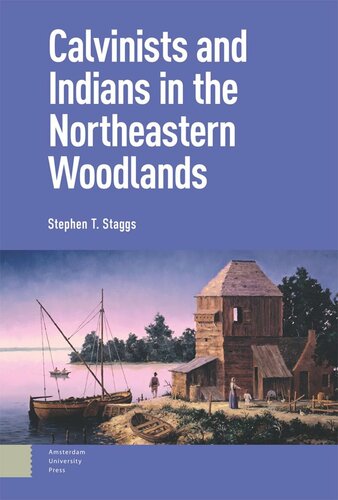

Most ebook files are in PDF format, so you can easily read them using various software such as Foxit Reader or directly on the Google Chrome browser.
Some ebook files are released by publishers in other formats such as .awz, .mobi, .epub, .fb2, etc. You may need to install specific software to read these formats on mobile/PC, such as Calibre.
Please read the tutorial at this link: https://ebookbell.com/faq
We offer FREE conversion to the popular formats you request; however, this may take some time. Therefore, right after payment, please email us, and we will try to provide the service as quickly as possible.
For some exceptional file formats or broken links (if any), please refrain from opening any disputes. Instead, email us first, and we will try to assist within a maximum of 6 hours.
EbookBell Team

4.0
26 reviewsIn Calvinists and Indians in the Northeastern Woodlands, Stephen T. Staggs analyzes the impact of the Dutch Reformation upon the cross-cultural relations between those living in and around New Netherland. Staggs shows that Native Americans and New Netherlanders hunted, smoked, ate, and drank together, shared their faith while traveling in a canoe, and slept in each other’s bedrooms. Such details emerge in documents written by New Netherlanders like Megapolensis. Author of the most accurate account of the Kanien'kehá:ka (Mohawks) by a Dutch Reformed minister, Megapolensis provides a window into the influence and limits of the Dutch Reformation upon the dynamic, multifaceted relationships that developed in the early modern Northeastern Woodlands.
Megapolensis came of age when Dutch Reformed theologians looked to the Bible to incorporate Indians into a Reformed worldview. In so doing, they characterized Indians as “blind Gentiles” to whom the Dutch were being called, by God, to present the gospel through the preaching of the Bible and the Christian conduct of colonists, which necessitated social interaction. This characterization ultimately informed the instructions given to those heading to New Netherland, raised expectations among the clergy and lay chaplains who served in the colony, and prefigured the reciprocal, intimate relationships that developed between Indians and New Netherlanders during the seventeenth and eighteenth centuries.